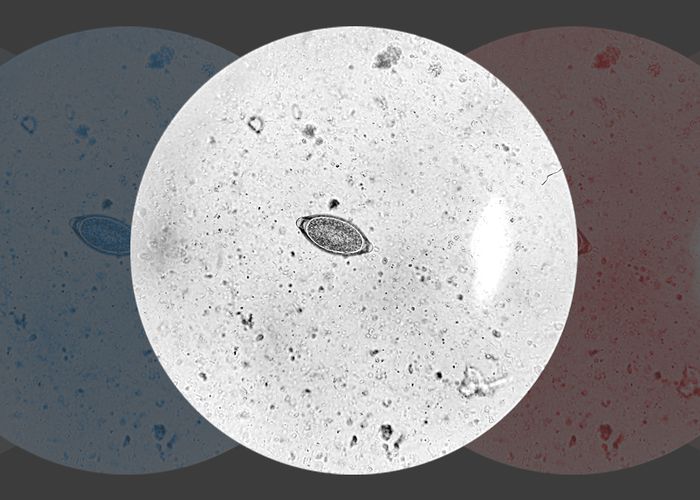

Detecting Kidney Disease in Pets Earlier: The Importance of Running SDMA in Every Profile
SDMA is a biomarker of kidney function that can detect renal disease earlier than blood urea nitrogen (BUN) and creatinine (CREA)1,2,5,6. If you're not regularly including this test in chemistry screenings both for sick and well patients, you could miss the chance for early detection of disease and the opportunity to begin treatments that can extend the health and longevity of your patients.
Monitoring Kidney Health in Pets
Regular chemistry screening to monitor kidney health in pets is not a new practice. However, SDMA is a somewhat new tool in the chemistry toolbox. Veterinarians have used BUN and CREA as the main monitoring tools for many years. But we also know by the time these values are increased, our patients have already experienced renal compromise; up to 75% loss of function is needed before BUN and CREA results may indicate the presence of disease.1,2,5,6
On the other hand, SDMA is a more sensitive of kidney function, detecting on average 40% loss, and in some cases, as little as 25% loss of renal function, enabling veterinarians to discover and treat kidney disease earlier in the process.1,2,5
Detecting Diseases and Abnormalities Earlier
As veterinarians, we are trained and sometimes on autopilot when it comes to using routine chemistry screenings to detect and monitor chronic kidney disease (CKD) in senior patients. With the addition of SDMA to our familiar chemistry panels, there is a lengthy list of diseases where SDMA can help detect change earlier in both cats and dogs.1-2, 5, 23-30, 32-38 This list includes:
- Acute kidney injury
- Pyelonephritis
- Glomerulonephritis
- Upper urinary tract obstruction
- Kidney stones
- Congenital diseases
It makes sense to include this test in all chemistry screening panels regardless of patient age. It is also apparent that this marker can be useful in helping to identify or rule out differential diagnoses when working with both acutely ill and more chronically affected veterinary patients. Furthermore, an increased SDMA can serve as an indicator of concurrent disease that may have a secondary impact on kidney function.6, 15, 17, 19, 20, 21, 25, 26, 31-38
The bottom line is that testing SDMA every time you run a chemistry panel is key to early detection and providing better treatment options for a multitude of disease processes in dogs and cats. Because this value elevates early in cases of kidney dysfunction, it can provide veterinarians with a differential diagnoses list that may otherwise have gone unexplored.
Helping Veterinary Patients with Nonspecific Signs
Veterinarians are sometimes presented with patients who are "just not feeling right" and show nonspecific signs. Although this is somewhat common, it can be frustrating. We know from the physical exam and history that something is out of balance with the health of the pet, but we just aren't sure how to proceed. Naturally, we run lab work that includes a chemistry panel—but to our greater frustration, it comes back within "normal" limits. We're not frustrated because the values are normal; we're frustrated because without a deviation from "normal" on the panel we don't know if we are missing something.
Now, imagine there is a single, more sensitive value that could get us headed in the right direction for that patient, especially if the root problem lies in kidney function. SDMA can detect a decline in kidney function sooner1-2, 5 so that you have the clarity to confidently take action.
Offering More Reliable Value for CKD Monitoring in Pets
Another situation that can really wear on veterinarians is effectively monitoring our patients with CKD, especially senior cats. It can be really difficult to know how quickly the disease is progressing, which is something pet owners often ask about when their pet is affected with CKD.
SDMA can be an earlier indicator of progressive kidney function loss, often increasing before other parameters,1-2,5 giving the veterinarian an objective talking point when communicating with pet owners about the stage of their pet's CKD and whether additional steps should be taken to attempt to slow the progression.
SDMA can play an even more vital role with cats and dogs in later stages of CKD when multiple systems are becoming affected and muscle atrophy is part of the clinical picture. SDMA is often more reliable than creatinine as an indicator of kidney function because it is not influenced by confounding conditions.1-6
Never Miss A Warning Sign
When it comes to detecting and monitoring disease in dogs and cats, veterinarians want to see the warning signs as soon as possible so we can take meaningful action. Because SDMA can be an early indicator of decline in kidney function using it in combination with traditional kidney biomarkers will elevate our baseline diagnostics and provide us with what we need to develop treatment plans aimed at improving the quality and longevity of our patients' lives.
Please see references for all article citations.







